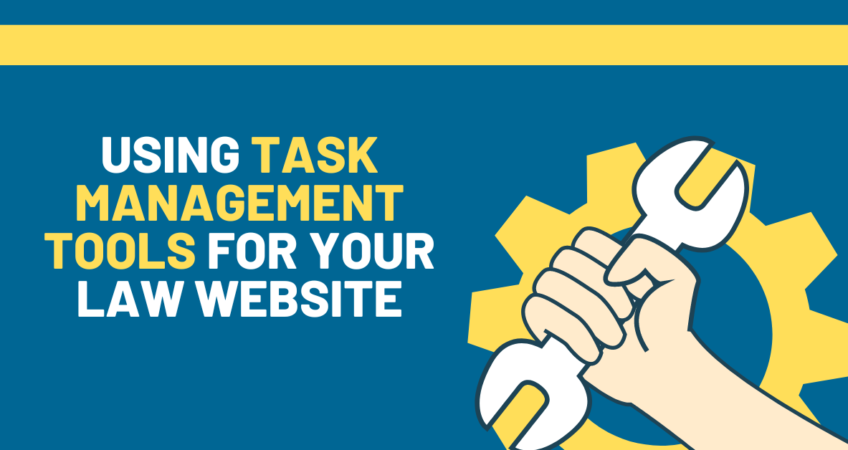
Using Task Management Tools for Your Law Website
In the contemporary digital landscape, the efficiency and effectiveness of a law website are paramount. Whether updating content, monitoring site performance, or addressing user inquiries, managing a law website requires coordination, timely action, and clarity. This is where task management tools come into play. Let’s explore how these tools can be pivotal in running a successful Los Angeles website:
1. Streamlined Workflow
Task management tools provide you with a way to break down website projects into actionable tasks. Whether planning a redesign or creating a series of new articles, these tools help divide the work into manageable chunks, making it easier to track and complete.
2. Collaboration Enhancement
Many law websites result from collaborative efforts involving content creators, designers, SEO experts, and more. Task management tools provide a centralized platform where team members can communicate, share files, and get a clear picture of who’s responsible for what, ensuring smooth collaboration.
3. Deadline Tracking
Timeliness is crucial, especially when dealing with legal content that might be time-sensitive. With task management tools, each task can have a specific deadline, ensuring that updates, articles, or changes go live when they’re supposed to.
4. Prioritization
Not all tasks hold the same urgency or importance. Task management tools let you prioritize tasks, ensuring that critical website issues or updates are addressed first.
5. Transparency and Accountability
These tools provide an overview of the entire project. At a glance, you can see which tasks are completed, which are pending, and who’s responsible for each. This transparency ensures accountability, ensuring team members know their responsibilities.
6. Reduced Email Clutter
Instead of endless email chains with attachments and feedback, task management tools centralize communication. Conversations related to a task are kept within that thread, ensuring clarity and reducing the risk of miscommunication.
7. Document and File Centralization
Be it design mockups, article drafts, or user feedback, task management tools often have built-in file storage. All files related to a specific task are stored in one place, reducing the risk of losing crucial information.
8. Progress Monitoring
Monitoring the progress of your law website’s updates or projects is essential for timely delivery. Visual aids like Gantt charts or Kanban boards allow you to swiftly determine the status of various tasks.
9. Integration with Other Tools
Many task management platforms integrate seamlessly with other tools you might use for your law website, such as content management systems, analytics tools, or CRM platforms. This integration ensures a unified approach to website management.
10. Reminders and Notifications
Forgetfulness can be a project’s undoing. With task management tools, automated reminders ensure that every team member knows what they should be working on and when it’s due.
11. Feedback Loop
Post-task completion, these tools can serve as platforms for feedback. Team members can comment on completed tasks, providing insights for improvement and ensuring continuous workflow refinement.
Conclusion
Running a law website is no minor feat. It’s a dynamic entity requiring constant updates, monitoring, and improvements. In this intricate dance of tasks, task management tools emerge as the choreographers—orchestrating the workflow, ensuring timely execution, and fostering collaboration. By leveraging these tools, law firms can ensure their website remains an effective, timely, and well-oiled machine in the vast digital realm.

